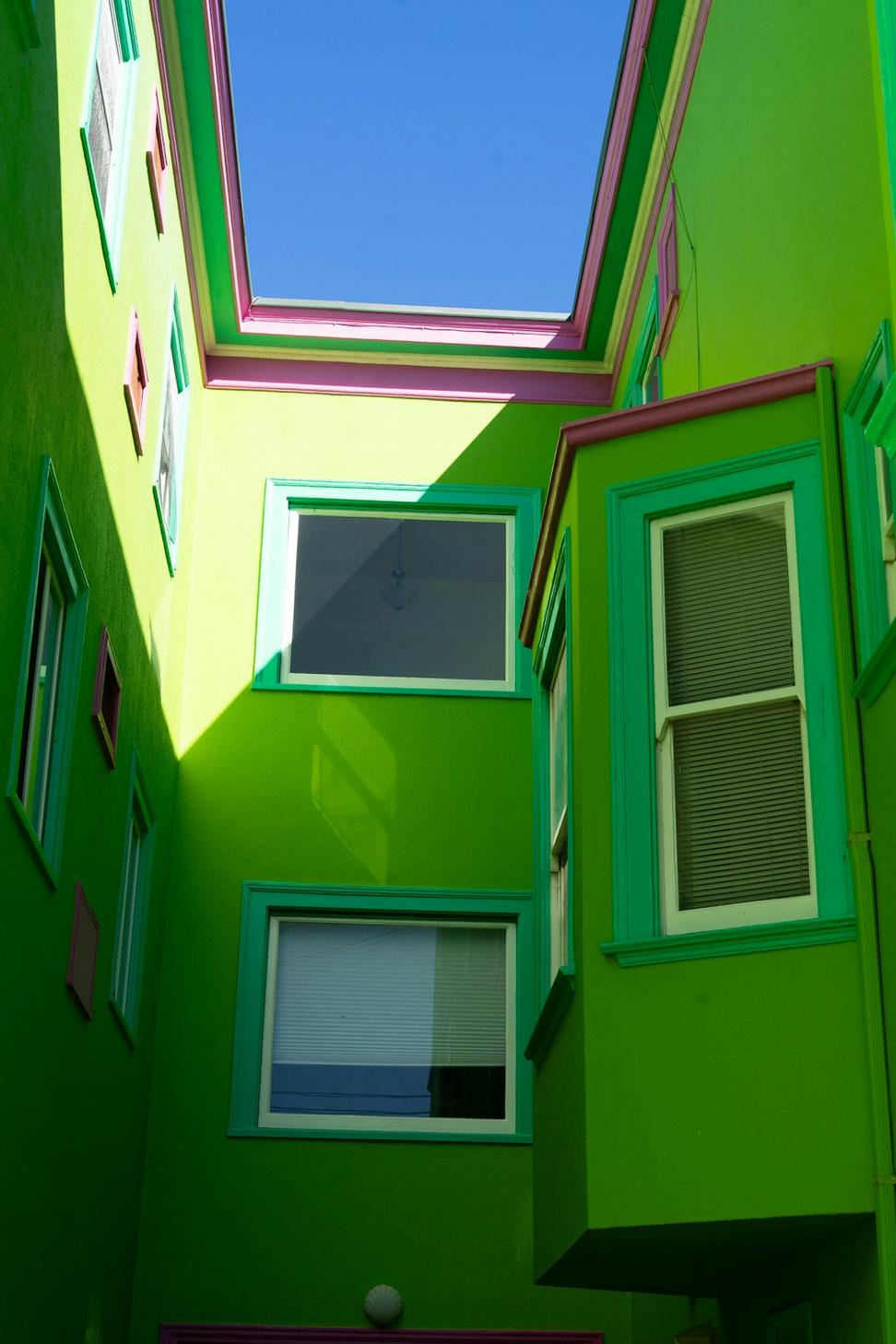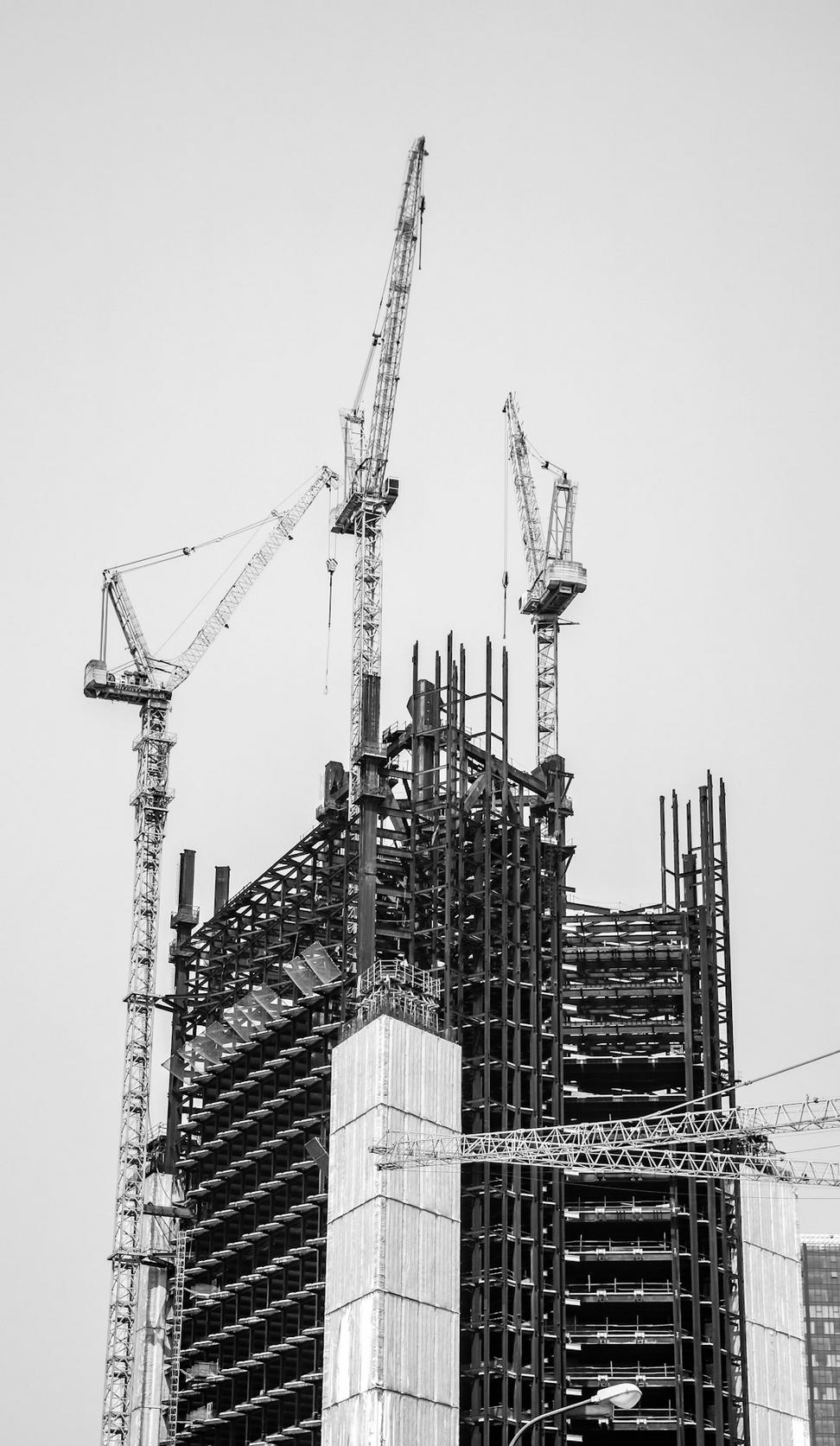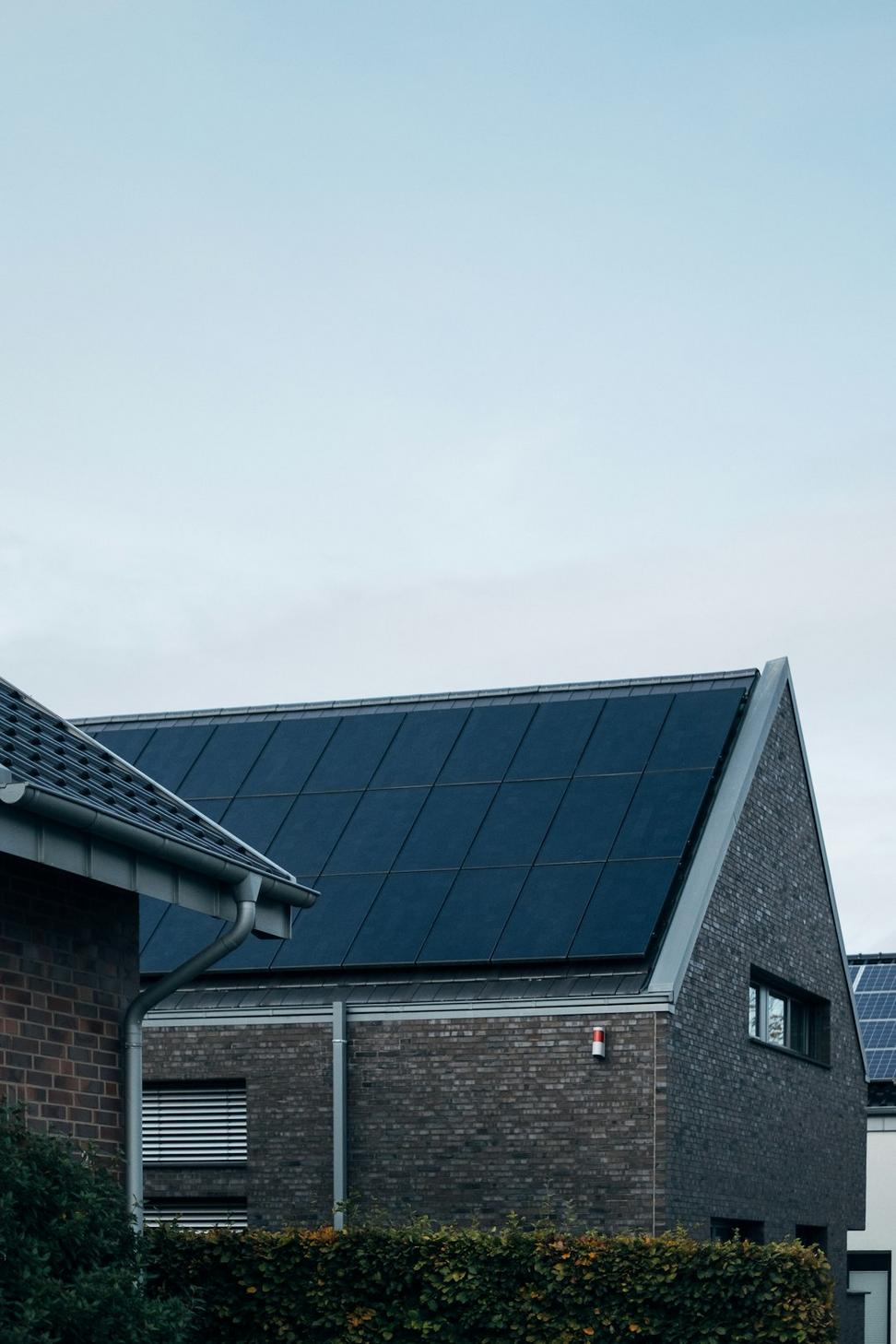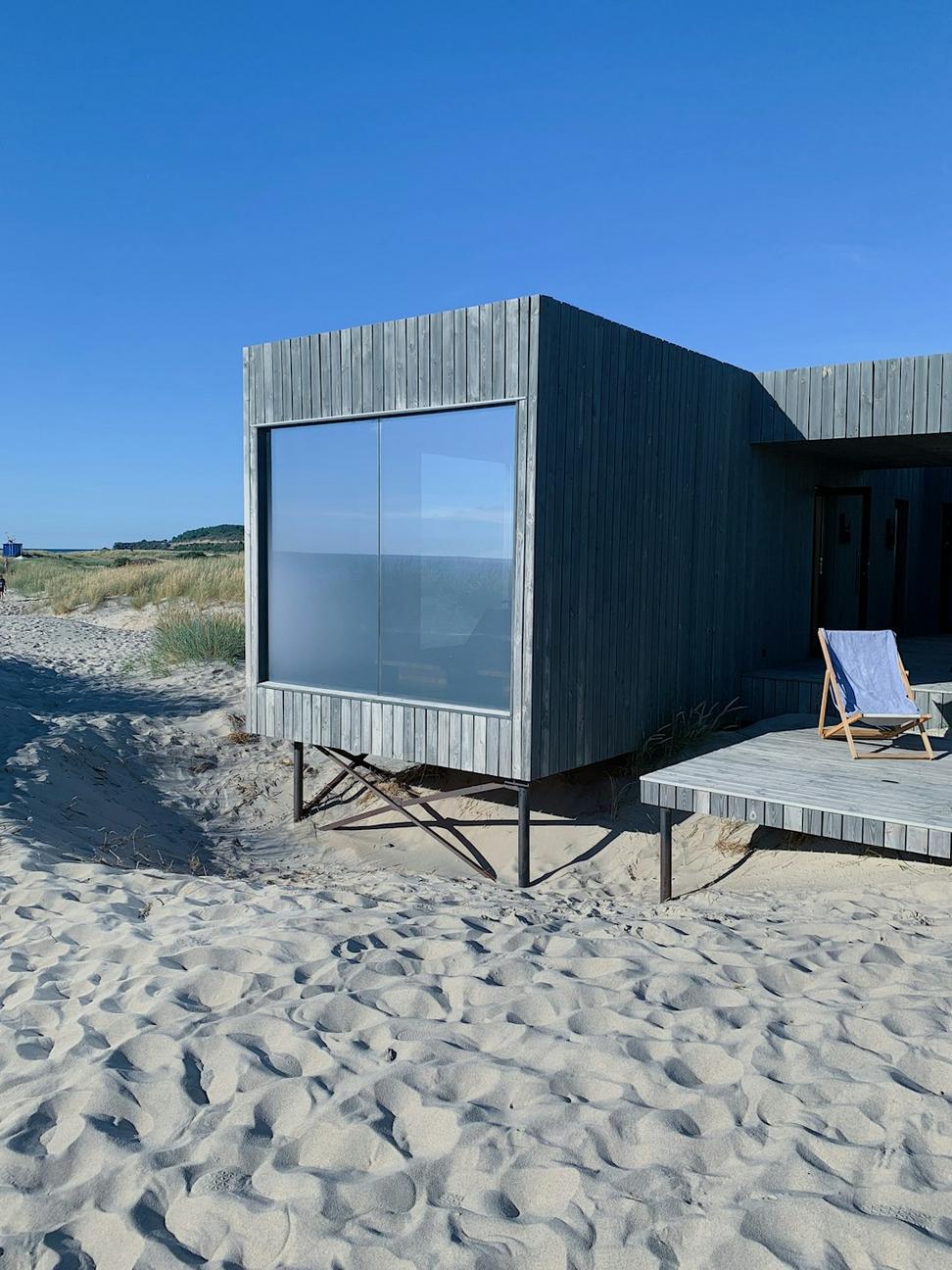
Why We're All-In on Sustainable Design
Look, I've been designing buildings on the BC coast for years now, and lemme tell you - sustainability isn't just some trendy buzzword we slap on proposals. When you're building where ocean meets land and storms roll through like they own the place, you learn pretty quick that working with nature beats fighting it every single time.
We've seen too many buildings that looked great on paper but couldn't handle a proper coastal winter. That's why our approach mixes old-school wisdom with new tech - passive solar design that actually reduces heating bills, materials that can take a beating from salt spray, and systems that don't need constant babysitting.
The cool part? When you design smart, your clients save money on utilities, the building lasts way longer, and you're not contributing to the mess we're leaving for the next generation. Win-win-win.


